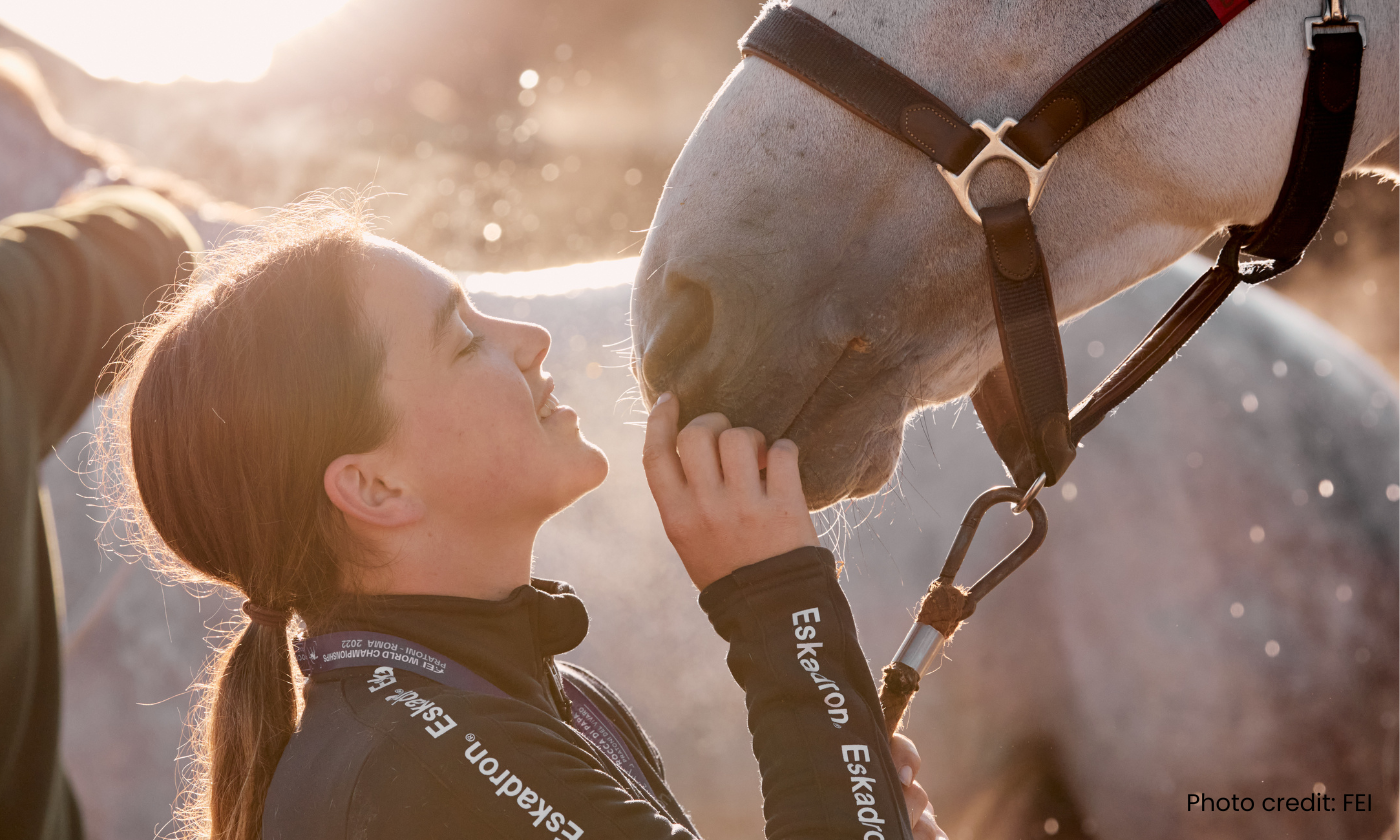Did you know?
The lungs are the third largest organ in the horses’ body (after the skin and the gastro-intestinal system).

Like any athlete, easy breathing is vital for horses to perform at their best.
Veterinary understanding of Equine Asthma is developing all the time, and recent studies suggest a huge proportion of horses are struggling to breathe as easily as they could.
This week we're taking a closer look at how horses breath and the effect of Equine Asthma; in Part Two we will look at management and medication for Equine Asthma.
The demands of competition can put huge strain on your horses’ respiratory system – travelling and stabling in different environments means you can’t always control airflow and quality as much as you might like.
Did you know?
The lungs are the third largest organ in the horses’ body (after the skin and the gastro-intestinal system).
Unlike humans, the horse can only breathe through his nasal passage. Air passes through the nasal passage into the larynx and then through the trachea into the lungs.
The lungs are comprised of bronchi and alveoli. This is the lower respiratory system, which is has a huge capacity but is very delicate.
‘Equine asthma’ is the term now used to describe all inflammatory diseases of lower airways in horses from mild to severe asthma.
Studies show that up to 80% of horses across different populations suffer from equine asthma - this includes sports horses.
Horses suffering from severe asthma present with laboured breathing whilst at rest; moderate asthma would usually show symptoms such as an intermittent cough whilst eating or during exercise.
Horses with mild asthma might not show obvious respiratory issues, but an unexplained drop in performance, or taking longer to recover after exercise.
Even in short periods of anaerobic exercise a horse who cannot breathe easily may back off; in addition at canter and gallop the horse breathes in time with his stride so any breathing issues will affect the way he covers the ground.
At gallop the horse may take as many as 120 breaths per minute, moving 15 litres of air with each breath.
It is not possible to ‘train’ the respiratory system; fitness work will strengthen the heart, but the lungs cannot increase their capacity. A fit horse at the gallop will take in the same amount of air as an unfit horse.
It’s not hard to see why prioritising lung health cannot be overlooked, especially as even apparently healthy horses have been found (when scoped) to have mild respiratory issues.
Diagnosis of equine asthma will depend on the clinical signs, combined with bloodwork, ultrasound and scoping the horse to enable cytology (examining cells) of the Bronchoalveolar Lavage Fluid (fluid from the lungs).
An occasional cough should not be ignored; it is not normal for horses to cough even intermittently, so it is worth taking any and all symptoms of respiratory stress seriously.
Look out for Part Two of our deep dive into Equine Asthma, where we will look at medication and management options.
You can find a library of resources about Equine Asthma on both the Haygain and Boehringer Ingelheim websites.